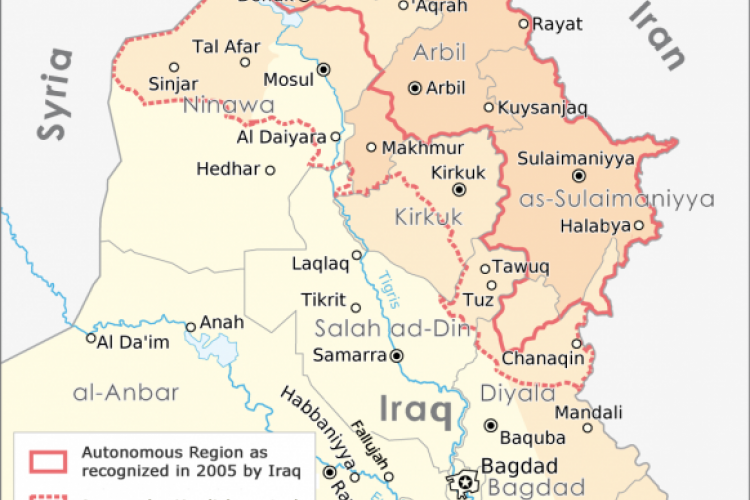[center][size=x-large][color=#990000][b]Red-Legged Partridge[/b][/color][/size][/center]
[center][img]http://img133.imageshack.us/img133/6210/redleggedpartridgezh6.png[/img]…]
[b] [color=#FF0033]Red-Legged Partridge[/color] [/b] with scientific name "[b] [b]Alectoris Rufa[/b] [/b]" calls "[b] [i]Kew[/i] [/b], or: Kewk, kev, kevÃ, and kevkÃ" in Kurdish. Red-legged partridge is normally thirteen inches in length, but does not mention either its breadth or weight. The bill, legs, and orbits are red; the irides hazel; chin and throat dull white, surrounded by a black line or streak, which passes from the brow and nostrils to the eyes, behind which it continues, falls down before the auriculars, and meets on the lower part of the neck: a white streak extends from the brow over the eyes towards the hinder part of the neck; the forehead is bluish ash, fading into a rusty chesnut behind, where the feathers are somewhat elongated, and can be erected or depressed at pleasure; the hinder part of the neck is rusty chesnut, formed into a stripe, which falls down towards the shoulders; the rest of the neck is pale ash, inclining to blue, with numerous longish spots of black; below this, to the shoulders and breast, the plumage is rusty brown, with a vinous reflection; the belly and thighs pale rusty chesnut; the breast pale lead grey; sides beautifully ornamented with stripes composed of black, bright reddish chesnut, and white; the upper parts of the plumage are rufous brown, somewhat tinged with olive grey; quills nearly the same, but darker, the outer edges yellowish; vent brownish ash: the tail consists of sixteen feathers, the middle ones greyish brown, the outer ones deep reddish chesnut; under coverts of the tail nearly the same: the legs are furnished with a kind of double knob instead of a spur.
[center][img]http://img133.imageshack.us/img133/2979/redleggedpartridge2ic9.png[/img…]
These birds are found in various parts of Kurdistan; and are common in Germany, France, and Italy; the islands of Madeira, Guernsey and Jersey; but the accounts of their breeding in England, are contradictory. In a wild state, they prefer woody and heathy wastes, to in closed ground, but they are easily tamed, and soon become offensively familiar.
[b]KDP.SE:[/b]
http://www.kdp.se/kew.mht







